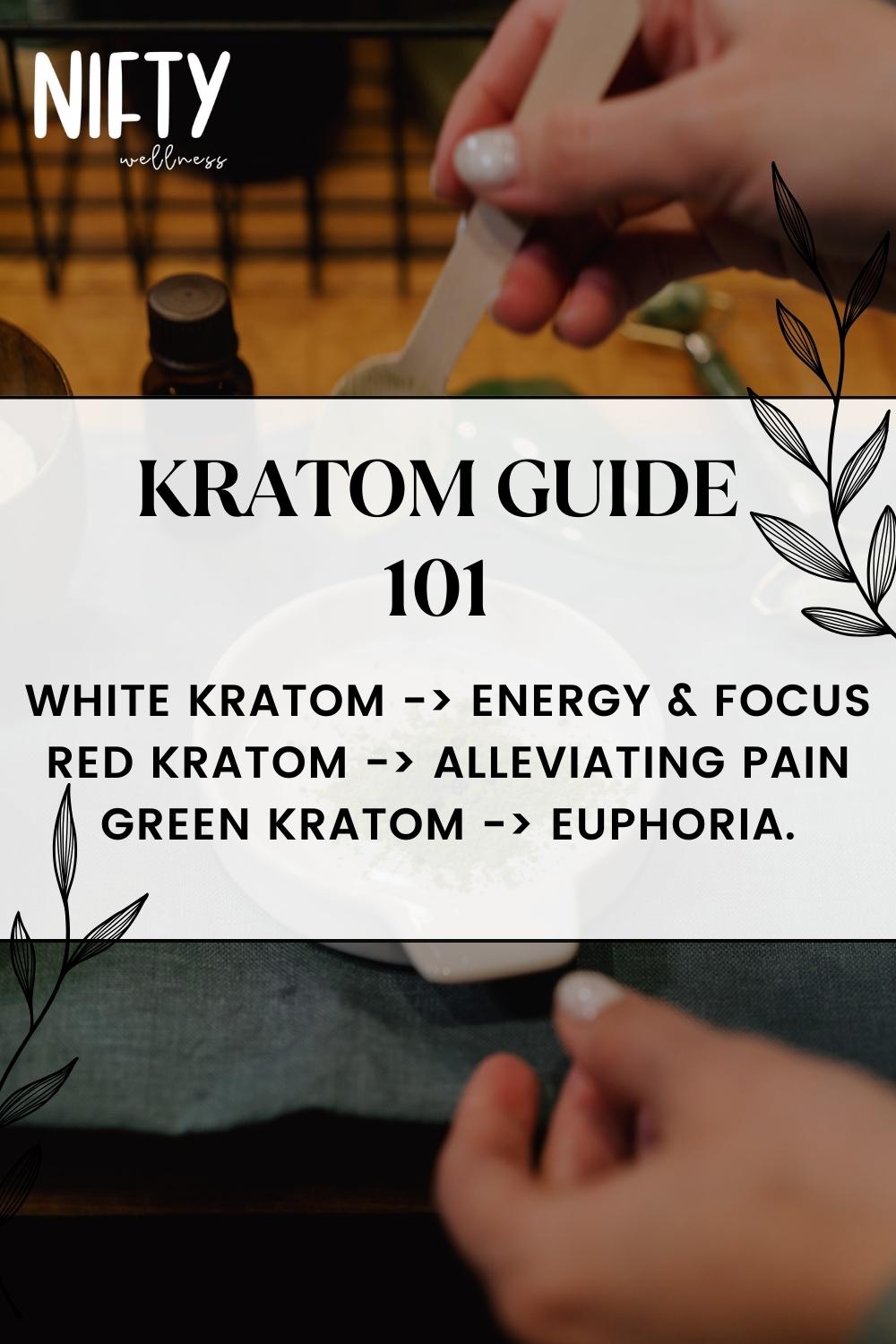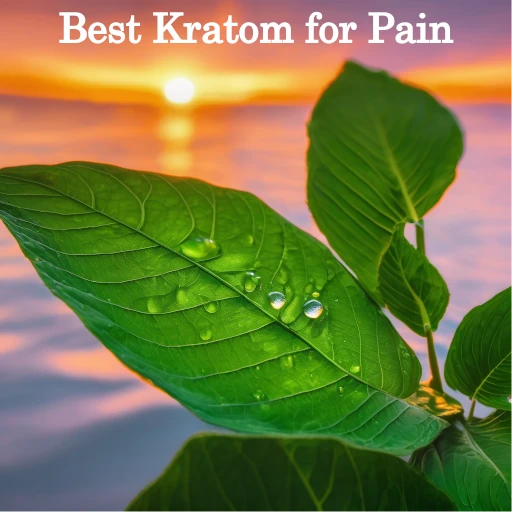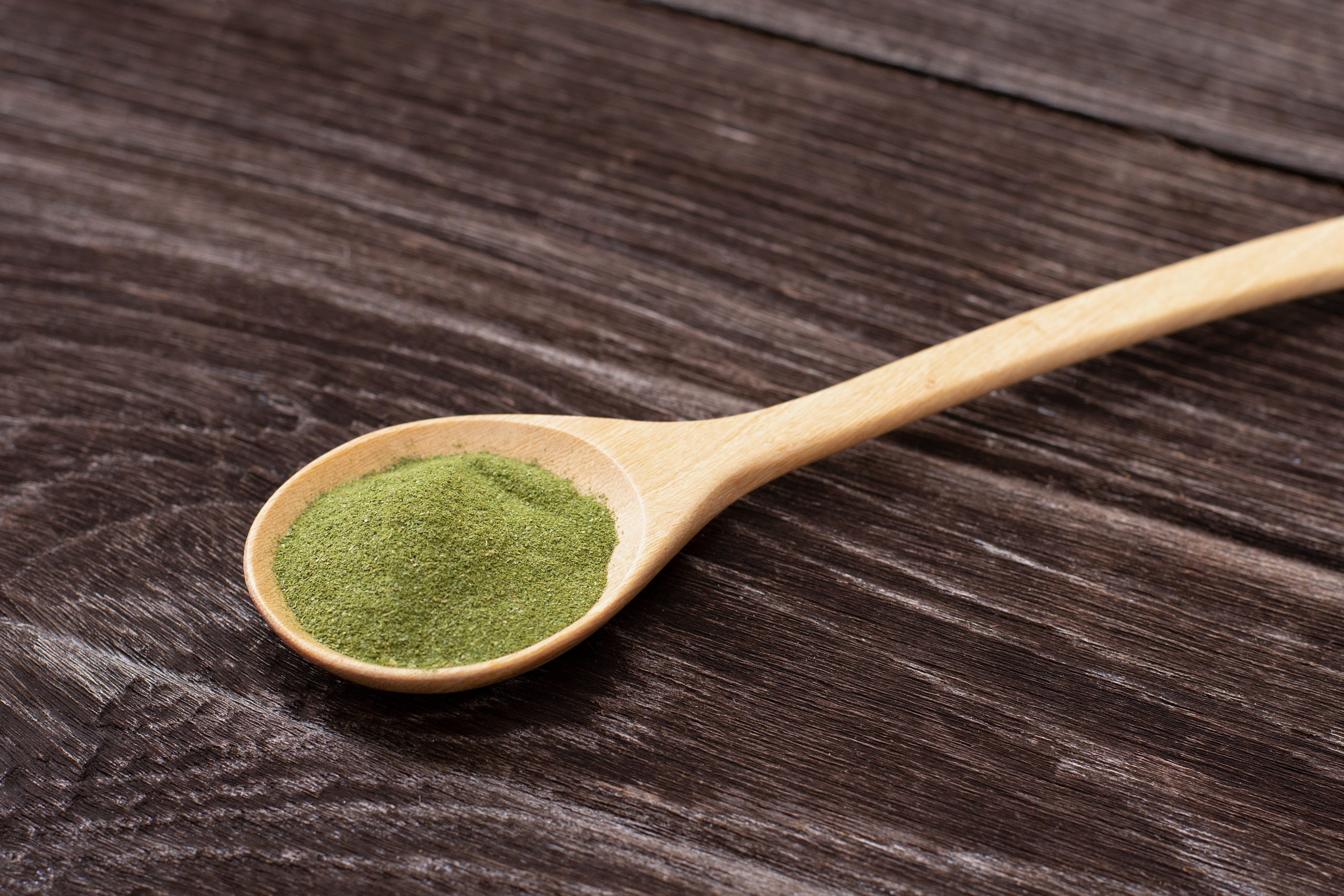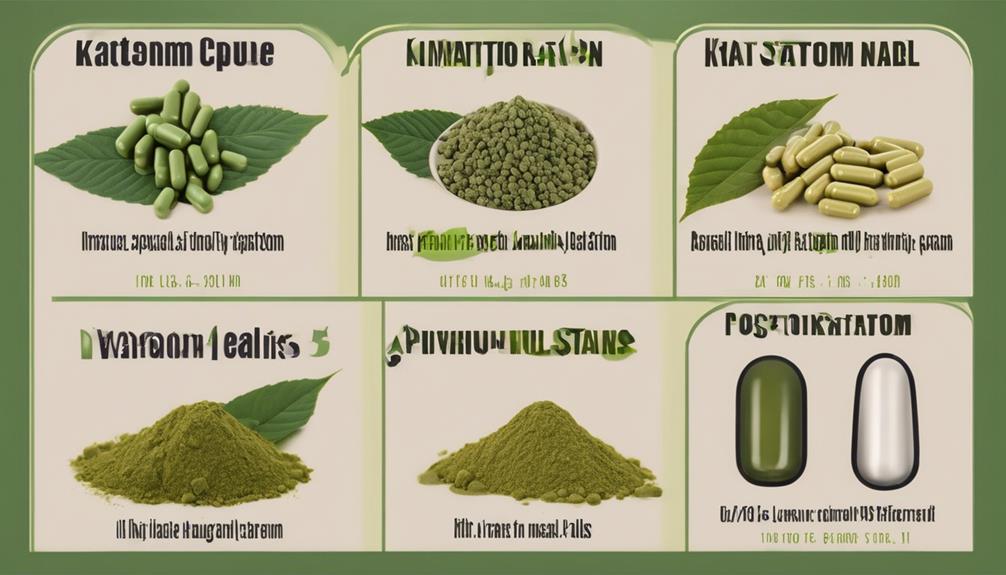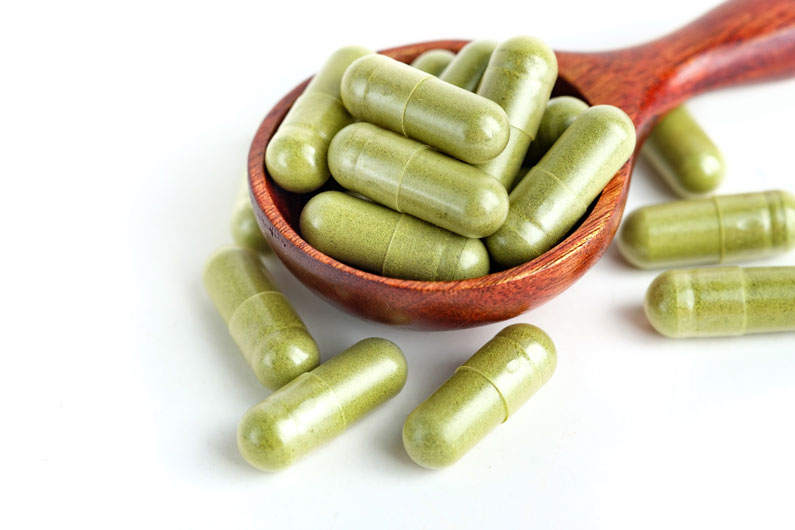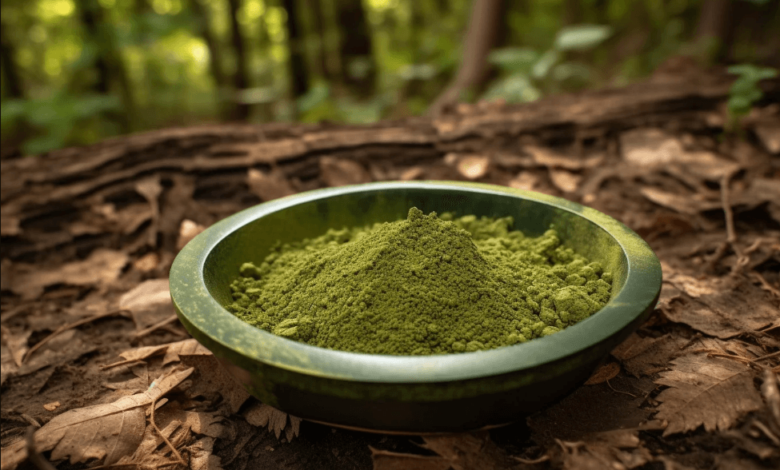What Is The Best Kratom For Pain

Chronic pain sufferers, desperate for relief, are increasingly turning to kratom. But with a bewildering array of strains, the question remains: which kratom is truly the best for pain?
This article cuts through the noise to provide a concise, data-driven overview of kratom strains and their potential for pain management, addressing critical questions surrounding efficacy, safety, and responsible usage.
Understanding Kratom and Its Alkaloids
Kratom (Mitragyna speciosa) is a tropical tree native to Southeast Asia. Its leaves contain alkaloids, primarily mitragynine and 7-hydroxymitragynine, which interact with opioid receptors in the brain, potentially offering pain relief.
These alkaloids are believed to be responsible for kratom's analgesic effects. Dosage and strain selection are crucial for achieving desired outcomes.
Maeng Da: The Powerhouse
Maeng Da kratom, often sourced from Thailand, is renowned for its potent effects. Users report strong analgesic properties, making it a popular choice for chronic pain.
Maeng Da is generally considered a stimulating strain, so it's often preferred for daytime use when pain relief is needed without excessive sedation.
Red Bali: For Relaxation and Pain Relief
Red Bali kratom is another widely used strain for pain management. Unlike Maeng Da, it is known for its relaxing and sedative effects.
This strain is often favored for evening or nighttime use to alleviate pain and promote restful sleep.
Red Borneo: A Balanced Option
Red Borneo kratom offers a more balanced approach. Many users find it provides effective pain relief without being overly stimulating or sedating.
This makes it a potentially suitable option for individuals seeking pain relief throughout the day.
White Vein Kratom: Not Primarily for Pain
White vein kratom strains are typically associated with stimulating and mood-boosting effects. While some users report mild pain relief, they are generally not considered the best choice for severe or chronic pain.
Focus on red or potentially green strains if you are looking for more intense relief.
Green Vein Kratom: A Moderate Approach
Green vein kratom strains often offer a balance between stimulation and relaxation. Some users find them effective for managing moderate pain.
Green Malay and Green Indo are popular choices within this category.
Dosage and Safety Considerations
Dosage is critical when using kratom for pain. Starting with a low dose (e.g., 1-2 grams) and gradually increasing until the desired effect is achieved is recommended.
Excessive doses can lead to unwanted side effects such as nausea, dizziness, and constipation. It is important to consult a healthcare professional before using kratom, especially if you have underlying health conditions or are taking other medications.
Potential Risks and Side Effects
Kratom use is associated with potential risks and side effects. These can include nausea, constipation, dizziness, and in some cases, respiratory depression.
Long-term use may lead to dependence and withdrawal symptoms upon cessation. It's crucial to use kratom responsibly and be aware of the potential risks involved.
Legality and Regulation
The legality of kratom varies significantly by location. In the United States, some states and municipalities have banned or restricted its sale and use.
Before using kratom, it's essential to research the legal status in your area to avoid potential legal consequences. The FDA does not regulate kratom, making it important to source products from reputable vendors who conduct third-party testing for purity and potency.
The Importance of Third-Party Testing
Because the kratom industry is largely unregulated, it's vital to choose products that have undergone third-party testing. These tests can verify the purity and potency of the kratom and ensure it is free from contaminants like heavy metals and pathogens.
Look for vendors who provide Certificates of Analysis (COAs) for their products.
Future Research and Development
Ongoing research is crucial to fully understand the potential benefits and risks of kratom for pain management. More clinical trials are needed to determine optimal dosages, identify potential drug interactions, and assess long-term safety.
The future of kratom as a pain management tool depends on responsible research, regulation, and education.
Moving Forward
While kratom shows promise for pain relief, it's not a one-size-fits-all solution. It's crucial to approach kratom use with caution, research potential strains, and consult with a healthcare professional to determine if it's a suitable option for your individual needs.
Stay informed about the latest research and regulatory updates to make responsible and informed decisions.






![What Is The Best Kratom For Pain Best Kratom for Pain Relief: [2024]: Premium-Quality Kratom Strains](http://partnercontent.eastbaytimes.com/wp-content/uploads/2024/09/image1_68df5e-1024x576.webp)


